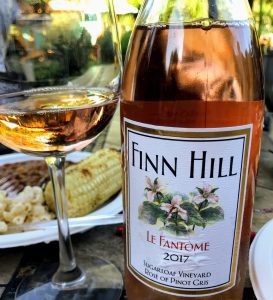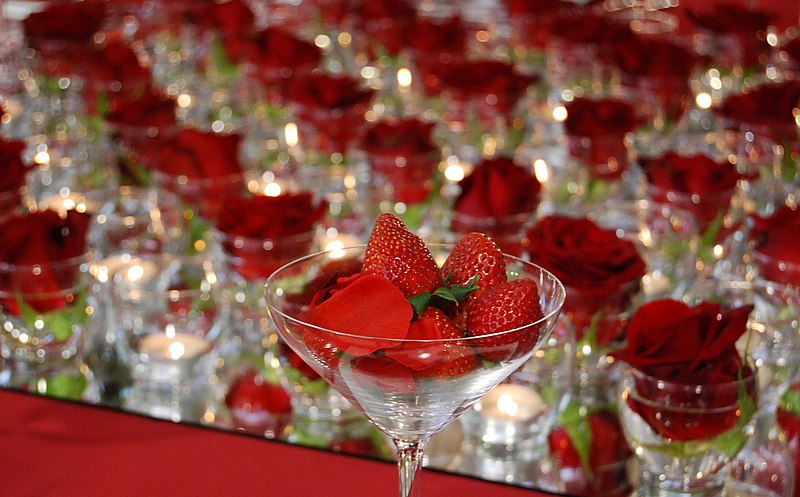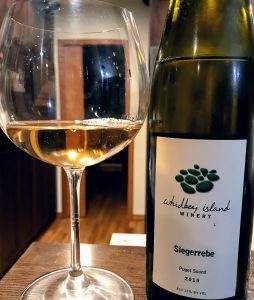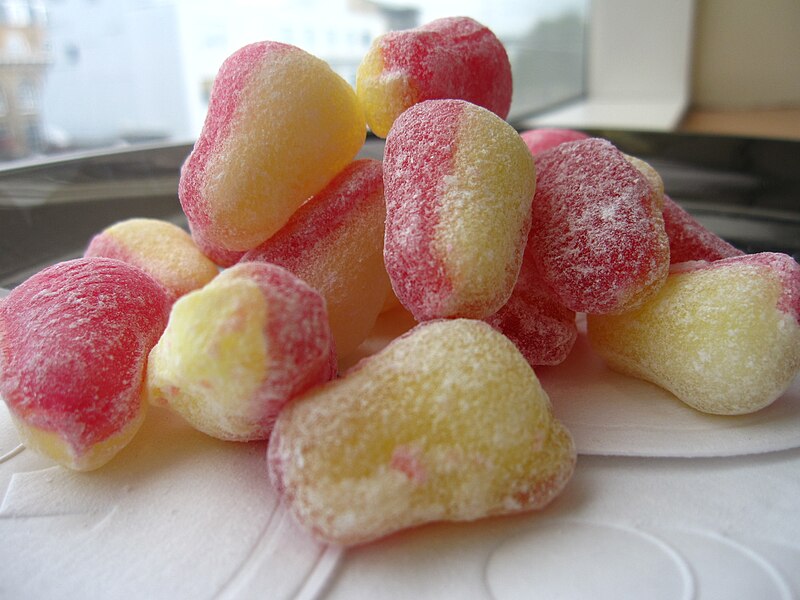A few quick thoughts on the 2017 Finn Hill “Le Fantôme” Rosé of Pinot gris from the Sugarloaf Vineyard in the Rattlesnake Hills AVA of the Yakima Valley.
The Geekery

Finn Hill winery was founded in 2008 by Rob Entrekin in his garage in the Finn Hill neighborhood of Kirkland, Washington–an area first settled by Finnish families.
In 2016, Finn Hill was named by Wine Press Northwest magazine as a “Washington Winery to Watch”.
The Sugarloaf Vineyard was first planted in 2005 by Joe Hattrup (who also owns Elephant Mountain Vineyard) on the southwestern slopes of the Rattlesnake Hills. Today the vineyard covers 37 acres on shallow, gravely soils of silt loam with some clay. In addition to Pinot gris, Sugarloaf also grows Grenache, Tempranillo, Mourvedre, Syrah, Viognier and Riesling.
Along with Finn Hill, other notable wineries that have sourced fruit from Sugarloaf includes Cor Cellars, Eleven Winery, Maryhill, Stottle Winery and TruthTeller Winery.
The Wine

Rose petals certainly play a big role in the flavors of this wine.
Medium-plus intensity nose. A very intriguing mix of white peach, strawberries and rose petals.
On the palate, the white peach, strawberry and rose notes all carry through. However, the floral flavors definitely dominate. In many ways this rosé taste like you have a bunch of rose petals in your mouth with the sense of texture partnering with its light-bodied weight. Medium acidity could use just a tad more lift to bring out the freshness of the fruit but offers enough balance to keep the wine enjoyable. Moderate length finish brings back the white peach and strawberry though the floral notes aren’t far behind.
The Verdict
Probably the most famous rosé of Pinot gris in Washington is Long Shadow’s Julia’s Dazzle and for around that same $18 price point, this Finn Hill rosé is pretty on par in quality.
Overall the Finn Hill is a tad drier while the Julia’s Dazzle has more acidity but both offer plenty of pleasure while sipping on the patio.



